Ensuring your cat or dog stays hydrated and well-nourished is crucial, particularly in hot climates where dehydration can become a serious concern. One effective strategy to support your pet’s hydration and overall health is to combine wet and dry food in their diet. Here’s why this approach can make a significant difference for both cats and dogs.
Benefits of Wet Food
Wet food has a higher moisture content compared to dry kibble, which can be incredibly beneficial for your pet’s hydration. In hot climates, pets are more prone to dehydration, and wet food helps increase their water intake. Additionally, wet food is often more palatable, making it an excellent option for picky eaters or pets with dental issues who may find it difficult to chew dry kibble.
Benefits of Dry Food
Dry food, on the other hand, is convenient and helps maintain dental health by reducing tartar buildup through the chewing process. It’s also easier to store and can be left out longer without spoiling, making it a practical option for pet owners with busy schedules.
Combining Wet and Dry Food
Combining wet and dry food offers the best of both worlds, providing your pet with a balanced diet that supports hydration, dental health, and overall nutrition. Here’s how to effectively combine the two:
For Dogs
1. Determine the Right Ratio: The ideal ratio of wet to dry food can vary based on your dog’s size, age, and dietary needs. Consult your veterinarian to determine the appropriate balance. A common approach is to offer wet food in the morning and dry food in the evening, or vice versa.
2. Monitor Hydration Levels: Keep an eye on your dog’s water intake, especially in hot weather. If you notice they are not drinking enough water, increase the proportion of wet food in their diet.
3. Maintain Nutritional Balance: Ensure that both the wet and dry foods you choose are nutritionally balanced and meet your dog’s dietary requirements. Look for high-quality ingredients and avoid fillers and artificial additives.
For Cats
1. Find the Right Mix: Cats can be more particular about their food, so finding the right mix might take some experimentation. Start with a small amount of wet food mixed with their dry kibble and adjust based on their preference and hydration needs.
2. Encourage Drinking: In addition to wet food, ensure your cat has access to fresh, cool water at all times. Consider using a water fountain, which many cats find more appealing than a stagnant water bowl.
3. Quality Nutrition: Like dogs, it’s important that both the wet and dry foods for cats are high-quality and provide complete nutrition. Avoid foods with excessive fillers and artificial ingredients.
Special Considerations for Hot Climates Like Qatar
In hot climates, it’s crucial to take extra steps to keep your pets hydrated. Providing access to fresh, cool water at all times is essential. Adding ice cubes to their water bowl can encourage drinking. Incorporating more wet food into their diet during particularly hot periods can also help maintain their hydration levels.
To Wrap Things Up
Combining wet and dry food in your cat or dog’s diet can significantly enhance their hydration, especially in hot climates. This approach not only supports their overall health but also makes mealtime more enjoyable and nutritionally balanced. By finding the right balance and monitoring your pet’s hydration, you can ensure they stay happy, healthy, and well-hydrated no matter the weather.
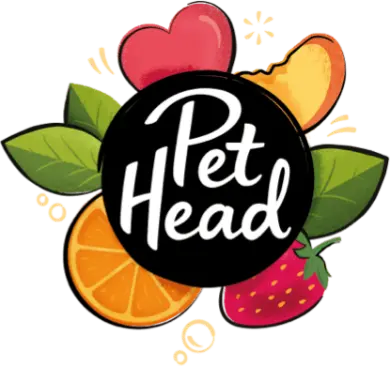
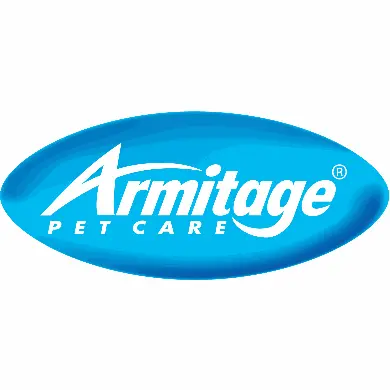
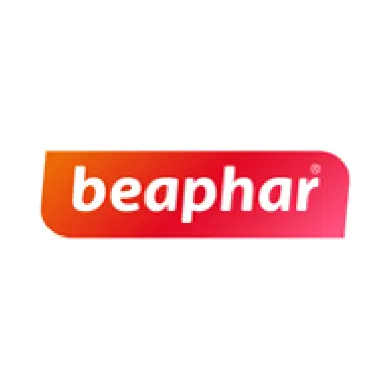
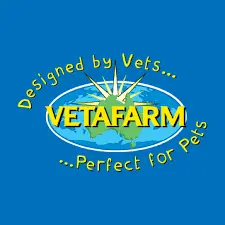

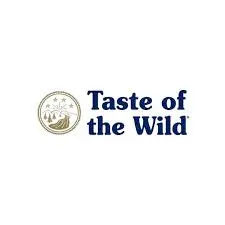

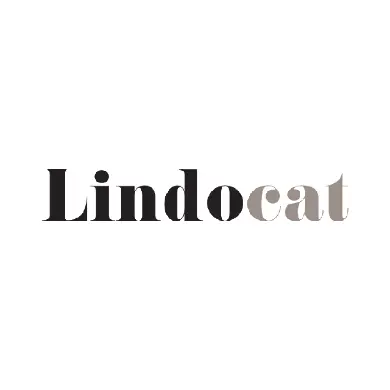

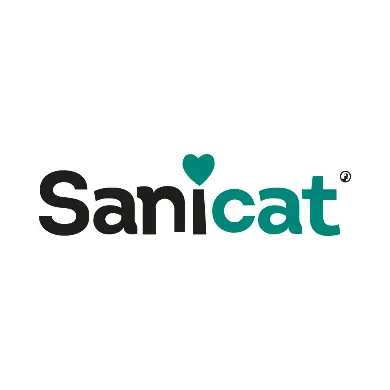
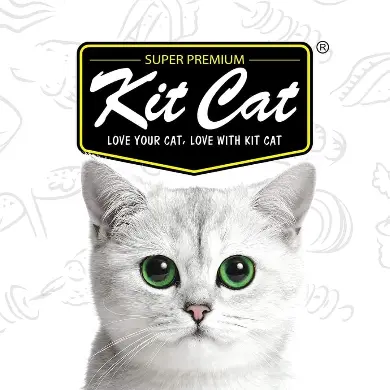
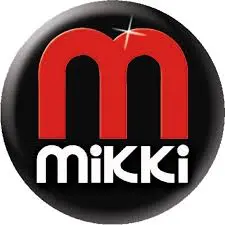
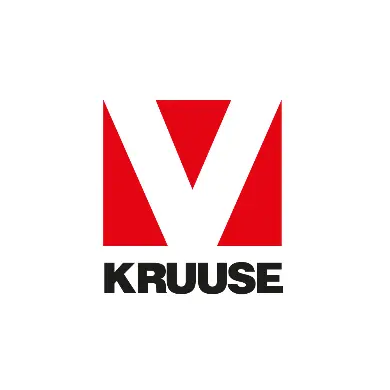
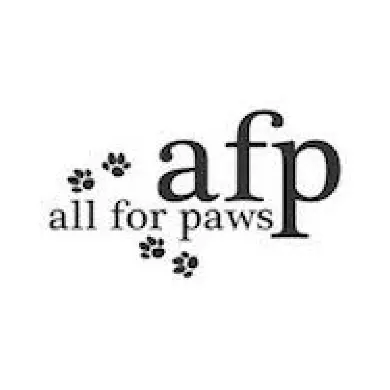

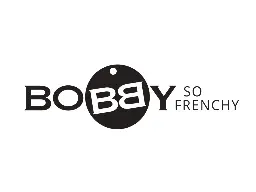

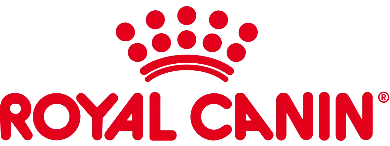




The Importance of Combining Wet and Dry Food for Your Pet, Especially in Hot Climates